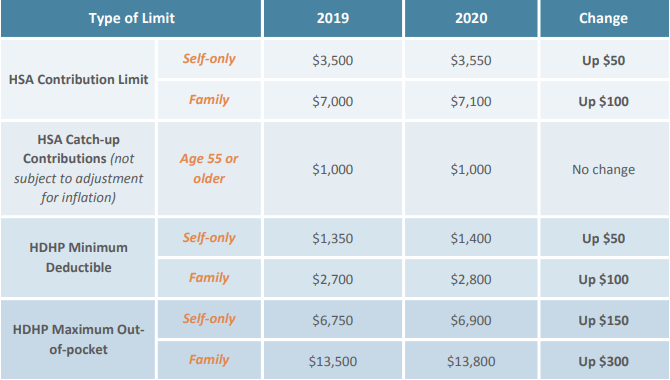

Are all covered benefits subject to a deductible? The health insurance plan would pay a portion, and the enrollee would pay a portion based on the copayments and coinsurance that apply to the service. Once the deductible has been met, if the enrollee receives additional medical care during the same year, she would not have to pay the full charge for those additional items and services. For example, if a plan has a $1,000 deductible, an enrollee will generally have to pay the full charge (or total cost) for most medical services until she has spent $1,000. What is a deductible?Ī deductible is the amount that a health insurance plan enrollee must pay before the plan starts to pay for most covered items and services. Plans typically have three different types of cost-sharing charges: a deductible, copayments and coinsurance, although not all plans feature each of these three types of cost sharing.
#OUT OF POCKET MAXIMUM PDF#
↓ Download PDF What is a cost-sharing charge?Ī cost-sharing charge is the amount an individual has to pay for a medical item or service (e.g., hospital stay, physician visit, or prescription) covered by his health insurance plan. The following Q&A describes the different kinds of cost-sharing charges that plans may impose and provides details on the standards that plans available to individuals and families through the marketplace must meet. Health insurance plans available through the marketplace have to meet standards for the charges that people enrolled in the plan pay when they use medical care, which are known as cost-sharing charges. Health Insurance Marketplaces (also called exchanges) provide a way for people to buy affordable health coverage on their own.


 0 kommentar(er)
0 kommentar(er)
